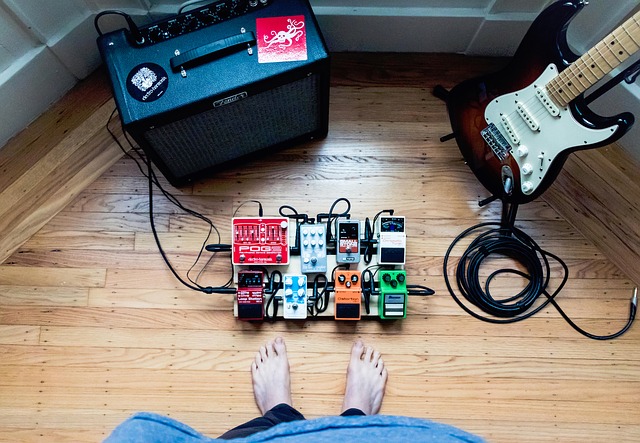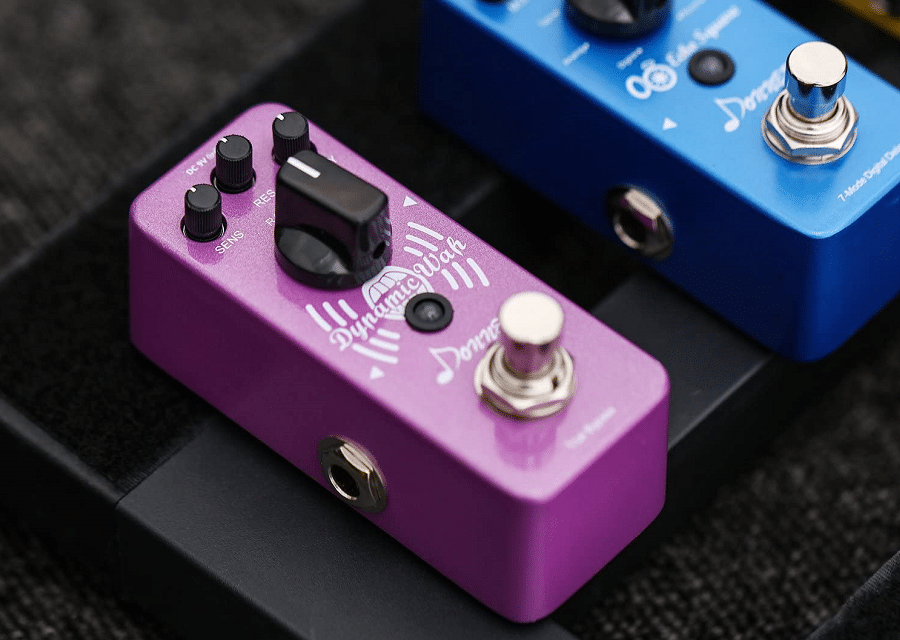Features to consider when choosing a volume pedal
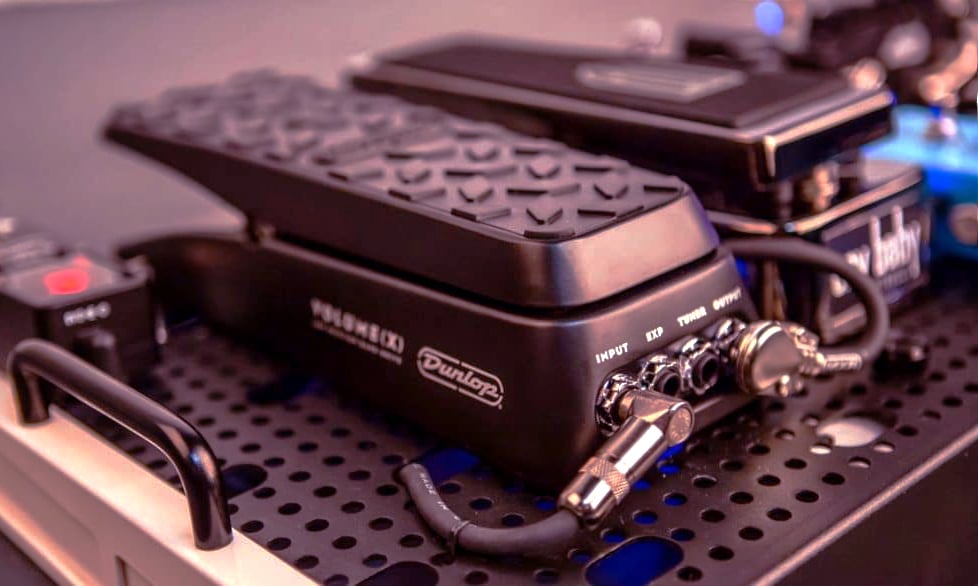 Volume pedals are relatively simple, but there are a number of important features that differentiate them. Here, we’ll take a look at these features and explain how they can affect your choice of which volume pedal is right for you.
Volume pedals are relatively simple, but there are a number of important features that differentiate them. Here, we’ll take a look at these features and explain how they can affect your choice of which volume pedal is right for you.
Size
Volume pedals vary quite a bit in size, from the rather large Dunlop pedal to the miniature Mooer and SONICAKE pedals. When making a choice based on pedal size, look to see how much space you have on your pedal board. If you’re tight on space, a smaller pedal will do just fine. The main advantage of a larger pedal is that it’s slightly easier to center your foot over.
Durability
Your volume pedal will see more use than any other pedal you own, with the possible exception of your wah pedal. As a result, it’s important that you get a volume pedal that’s built to handle years of stomping. Most of the pedals we reviewed are constructed from aluminum, which is lightweight while still being durable.
The two
Morley pedals are made of steel, which is arguably one of the few materials with more strength than aluminum.
Watch out for the plastic
SONICAKE pedal – while it has many good qualities, plastic can fail a lot sooner than metal.
Responsiveness
Responsiveness is hard to measure, which is why it’s so important to check user reviews when considering any volume pedal. A more responsive pedal is usually a good thing, although there’s definitely a thing as being too responsive – you don’t want a light tap on your volume pedal to crank your volume all the way up. Since responsiveness is one of the main functions of a volume pedal, this is something we paid close attention to in our reviews.
Active or passive?
One of the biggest choices you’ll need to make is whether you want an active or passive pedal. Passive pedals don’t require a battery or external power source. But, they’re more limited in the volume control you can achieve because they only control a signal’s output, such as your guitar’s volume. The advantage to passive pedals is that they’re inexpensive.
Active pedals, like the Mooer, Morley, and SONICAKE pedals, function as a circuit and require a secondary power source. They control volume with greater fidelity, but they also tend to cost more than passive pedals. Some pedals, like the model from Ernie Ball, can be used as either active or passive pedals depending on whether you have a power source available.
Stereo or mono?
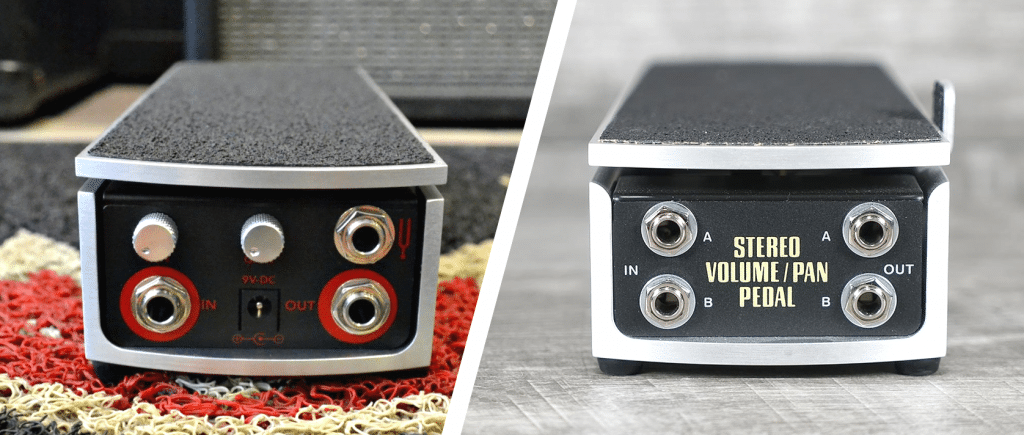 All of the volume pedals that we reviewed are mono pedals, which take a single guitar as input and produce that single guitar’s sound as output. For most guitarists, a mono volume pedal is all you need. Stereo pedals allow you to put two inputs into the pedal and mix the sound during the volume control stage. While this could be useful if you’re playing in a band, it provides less control over each guitar’s volume.
All of the volume pedals that we reviewed are mono pedals, which take a single guitar as input and produce that single guitar’s sound as output. For most guitarists, a mono volume pedal is all you need. Stereo pedals allow you to put two inputs into the pedal and mix the sound during the volume control stage. While this could be useful if you’re playing in a band, it provides less control over each guitar’s volume.
Extra features
There are a handful of extra features to watch out for when choosing a volume pedal.
One of the most useful features to have is a minimum volume knob, which allows you to control the volume output when there’s no pressure on the volume pedal.
Another thing to watch out for is an expression jack, which allows you to create subtle echo effects and ease in and out of reverb using your volume pedal.
Some pedals, like the Ernie Ball, BOSS, and Dunlop pedals, also include a tuner out jack. This isn’t particularly necessary, but it allows you to automatically adjust your guitar’s sound to keep it in tune as you play gigs.
Finally, consider opting for a volume pedal with a true bypass switch, like found on the
Mooer pedal. This allows you to turn off the volume pedal when it’s not needed, and you won’t have any impedance or interference from the pedal messing with your sound.






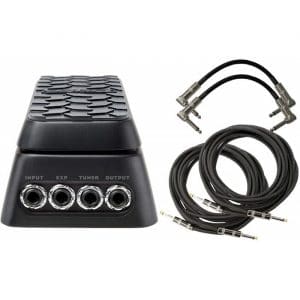
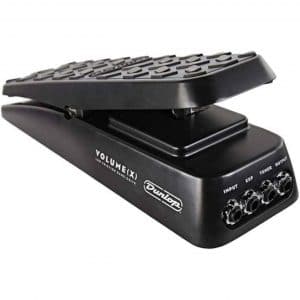
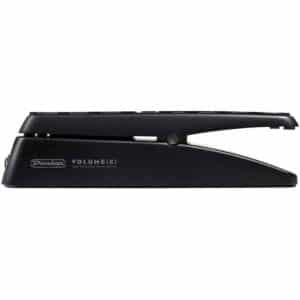
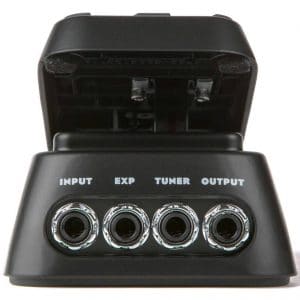
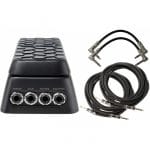
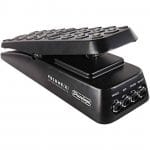
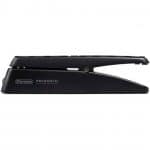
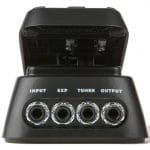
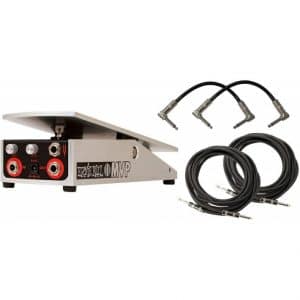

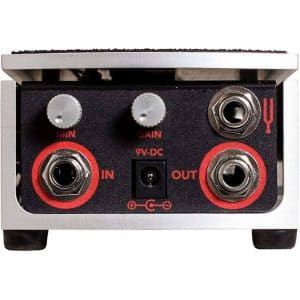
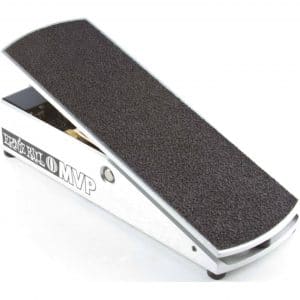
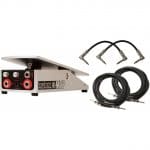
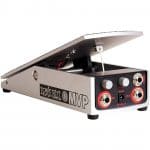
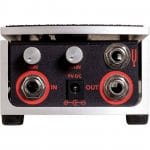
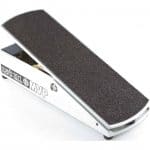
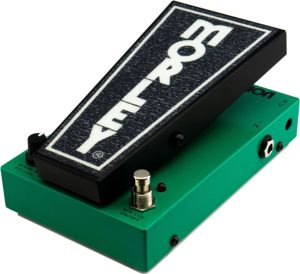
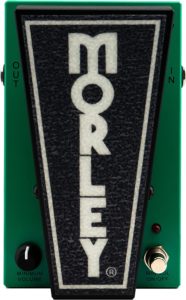
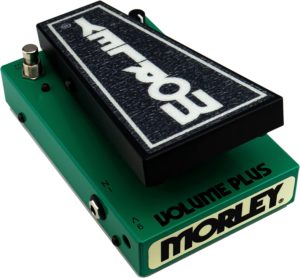
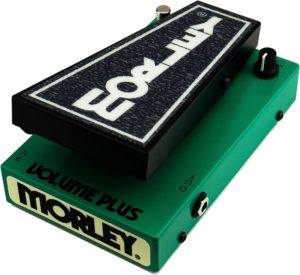

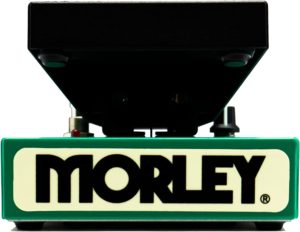
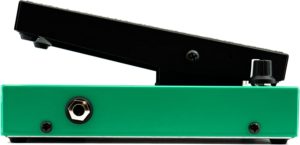
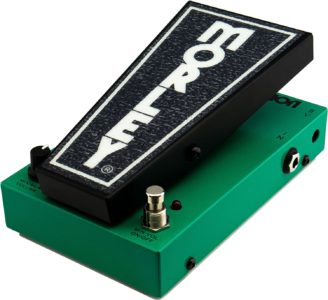
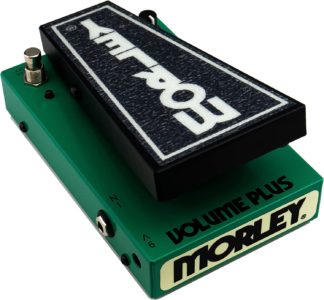
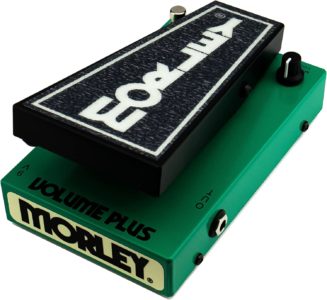
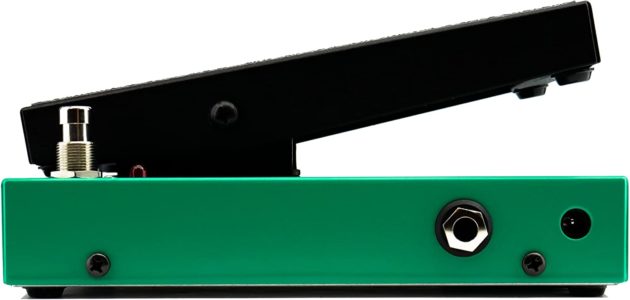
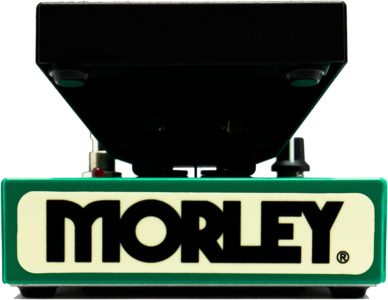
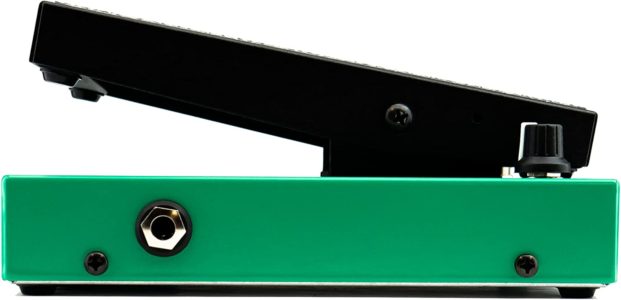
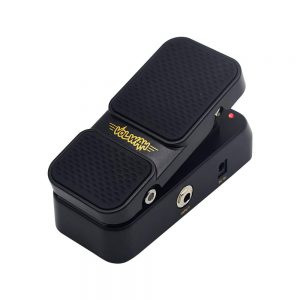
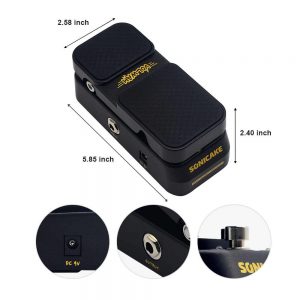
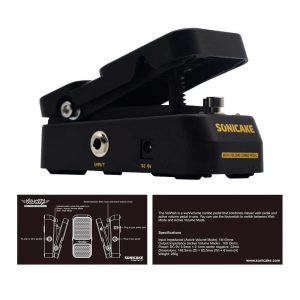
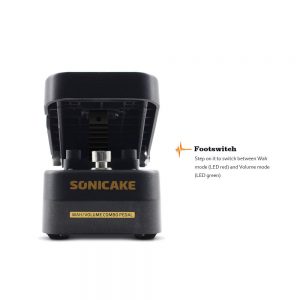

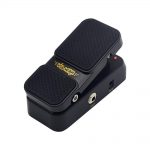
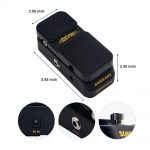

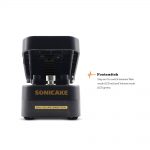
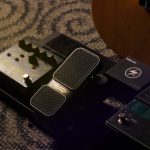
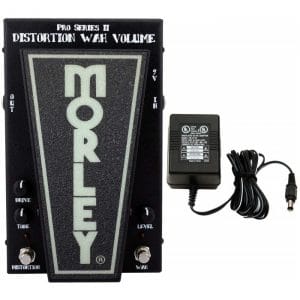
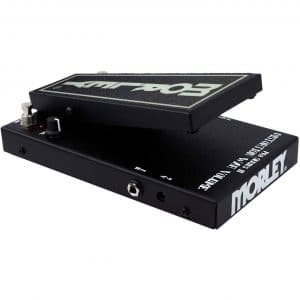
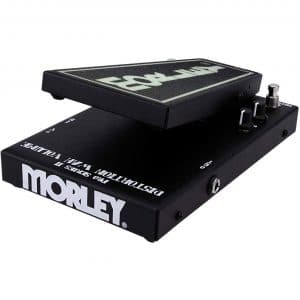
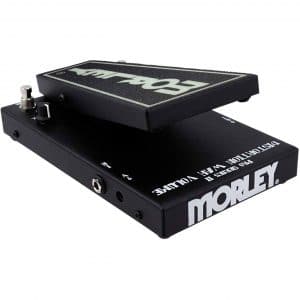
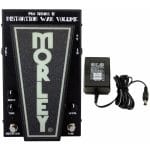
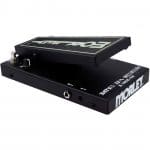
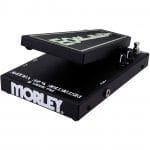
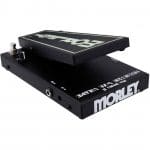
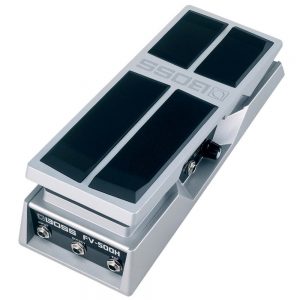
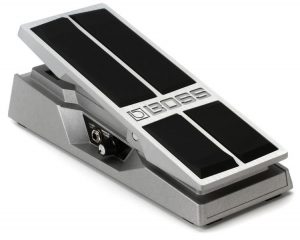
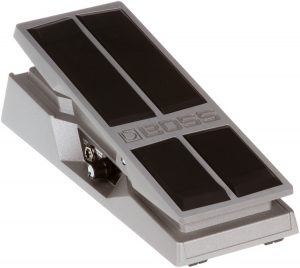
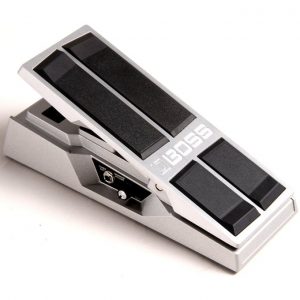
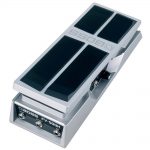

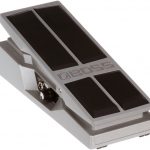
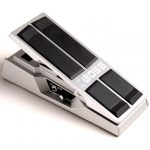
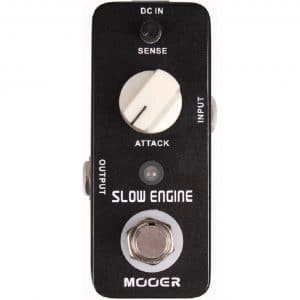
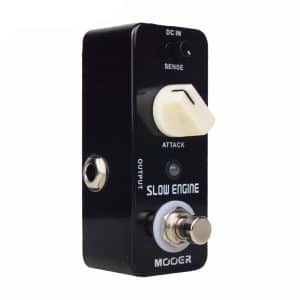
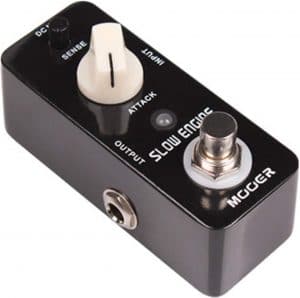
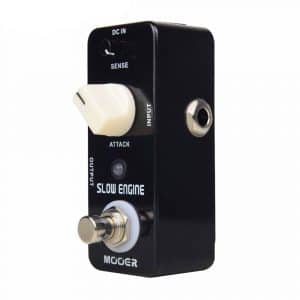

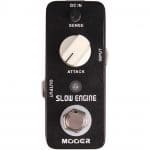
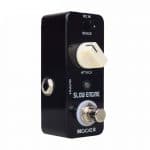
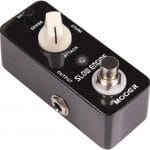
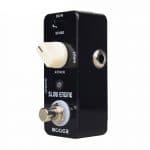
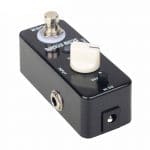
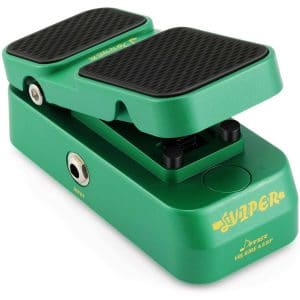
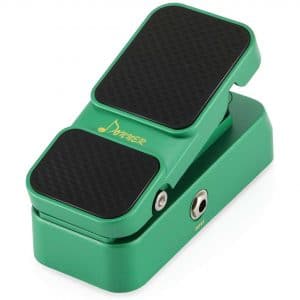
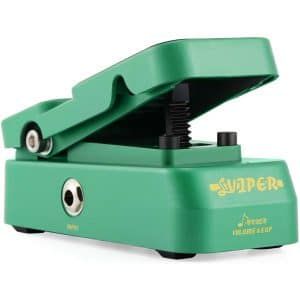
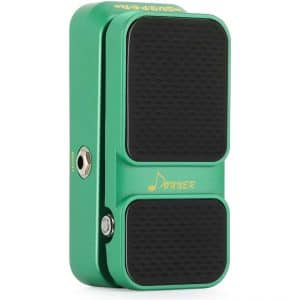
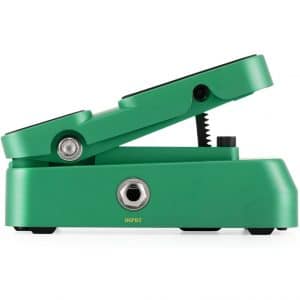
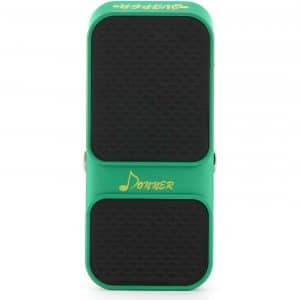
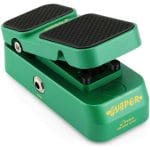
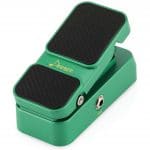
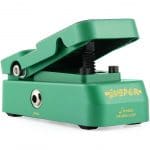
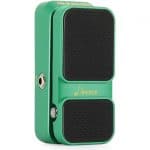
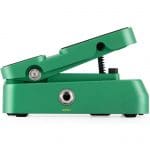
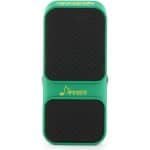
 Volume pedals are relatively simple, but there are a number of important features that differentiate them. Here, we’ll take a look at these features and explain how they can affect your choice of which volume pedal is right for you.
Volume pedals are relatively simple, but there are a number of important features that differentiate them. Here, we’ll take a look at these features and explain how they can affect your choice of which volume pedal is right for you. All of the volume pedals that we reviewed are mono pedals, which take a single guitar as input and produce that single guitar’s sound as output. For most guitarists, a mono volume pedal is all you need. Stereo pedals allow you to put two inputs into the pedal and mix the sound during the volume control stage. While this could be useful if you’re playing in a band, it provides less control over each guitar’s volume.
All of the volume pedals that we reviewed are mono pedals, which take a single guitar as input and produce that single guitar’s sound as output. For most guitarists, a mono volume pedal is all you need. Stereo pedals allow you to put two inputs into the pedal and mix the sound during the volume control stage. While this could be useful if you’re playing in a band, it provides less control over each guitar’s volume.





